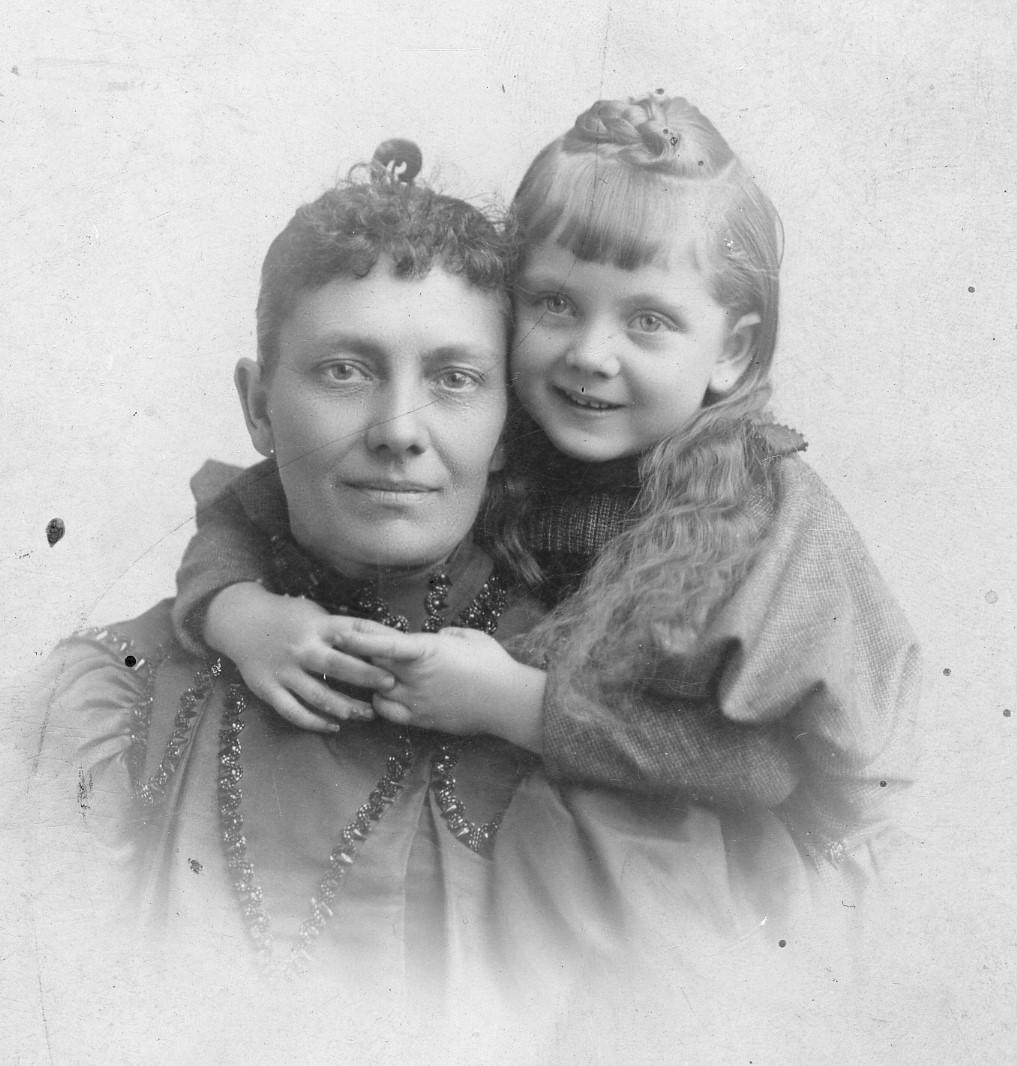

Other parts of the nebula are also designated as NGC 2237, NGC 2238, NGC 2239 and NGC 2246 although it's unclear which parts are which. The open cluster NGC 2244 (Caldwell 50) is closely associated with the nebulosity, the stars of the cluster having been formed from the nebula's matter. The Rosette Nebula (also known as Caldwell 49) is a large, spherical (circular in appearance), H II region located near one end of a giant molecular cloud in the Monoceros region of the Milky Way Galaxy. Published in the Astronomy Now magazine 2019 Yearbook

Published in Astronomy Now magazine March 2018 C'est un lieu unique, avec une atmosphère de recueillement. Si la chapelle est ouverte au grand public uniquement lors des Journées du patrimoine, le site est accessible gratuitement toute l'année. Lors de sa visite officielle dans le Morbihan en mai 2015, le prince Louis de Bourbon se rend à Brec'h et y annonce le financement de la restauration de la chapelle par sa propre Maison. Flambeaux retournés, sablier avec des ailes d'ange, on retrouve la même symbolique qu'au mausolée de La Chartreuse.ĭepuis sa construction, la chapelle n'a pas bougé. Initialement, l'architecte, Caristie avait prévu des ailes au bâtiment mais faute de budget, il s'est arrêté. Sur le fronton, une seconde : « In memoria eterna erunt justi » (Dans la mémoire éternelle, ils seront justes). Au-dessus de la porte, une inscription : « Hic cecide runt » (Ici ils tombèrent). La chapelle du Champ-des-Martyrs, l'allée d'acacias et la croix qui ouvre sur cette dernière sont classées aux Monuments historiques par arrêté du 30 décembre 198.ĭevant l'entrée, la chapelle comporte quatre colonnes en granit bleu de Saint-Malo. La chapelle a été inaugurée avec faste en 1829, le même jour que le mausolée à La Chartreuse. La première pierre a été posée en 1823 par la duchesse d'Angoulême. Il n'existerait que deux chapelles expiatoires de ce type en France : À Paris près de Miromesnil et ici, à Brec'h. Kristen Noguès - Gwerz maro Pontkalleg youtu.be/ZRsXMkccfQg Processed in Pixinsight 1.8 and Photoshop CS5 Guide Camera: Starlight Express Lodestar 2 Telescope: Takahashi FSQ106EDX-III Astro-Physics AP1100 The mass of the nebula has been estimated to be about 10,000 times the mass of our sun.Īcquisition Date: Decemto January 15, 2018 The radiation from the young stars excites the atoms within the nebula which in turn causes them to emit a glow of visible radiation producing the emission nebula we see. The cluster and nebula lie at a distance of approximately 5,000 light-years from us and measure about 130 light years in diameter. The open star cluster NGC 2244 (aka Caldwell 50) is found within the nebulosity of the nebula and the stars of the cluster were formed from the nebula's matter. The Rosette Nebula (other designation Caldwell 49) is a huge spherical H II region located near one end of a giant molecular cloud in the Monoceros region of the Milky Way Galaxy. Rosette Nebula (Bicolor Ha-OIII) - Redone with Pixel Math in Pixinsight. Astrodon 3nm Sulfur II (SII): 6 x 30min. Astrodon 3nm Oxygen III (OIII): 6 x 30min. Astrodon 5 nm Hydrogen Alpha (Ha): 6 x 30min. Guide Camera: Starlight Xpress Lodestar 2 (mono) Guidescope: Starlight Xpress Maxi filterwheel OAG
Photoline slc full#
Note: this is the first photo I have done with the KAF-16200 based, Starlight Xpress SX-46, so I picked low hanging fruit! This full frame chip also allowed me to get both nebulae into the same shot without using a mosaic or a very wide angle camera lens. Green is assigned to hydrogen, blue to oxygen and red to the sulfur. This photo was done using the HST or Hubble Space Telescope Palette (sometimes called SHO: SII = red, Ha= green, OII = blue) which is accomplished by combining sub frames using three narrowband filters that capture light produced by glowing hydrogen (Ha), oxygen (OIII) and sulfur (SII) present in the nebula. The gaseous clouds of this emission nebula resemble a pelican, giving rise to its name. IC5070 or the Pelican Nebula is an H II region located near the North America Nebula in the constellation of Cygnus. NCG7000 vaguely resembles the outline of the North American continent. (Deneb, Vega and Altair make up the Summer Triangle).

Cygnus is sometimes called the Northern Cross and has the very bright star Deneb as the head of the cross. North American Nebula (NGC7000): A hydrogen and dust cloud located in the constellation Cygnus which you can see rising in the east in summer to fall. Object: NGC7000 & IC5070 or the North American and Pelican Nebulae HST - 2018


 0 kommentar(er)
0 kommentar(er)
